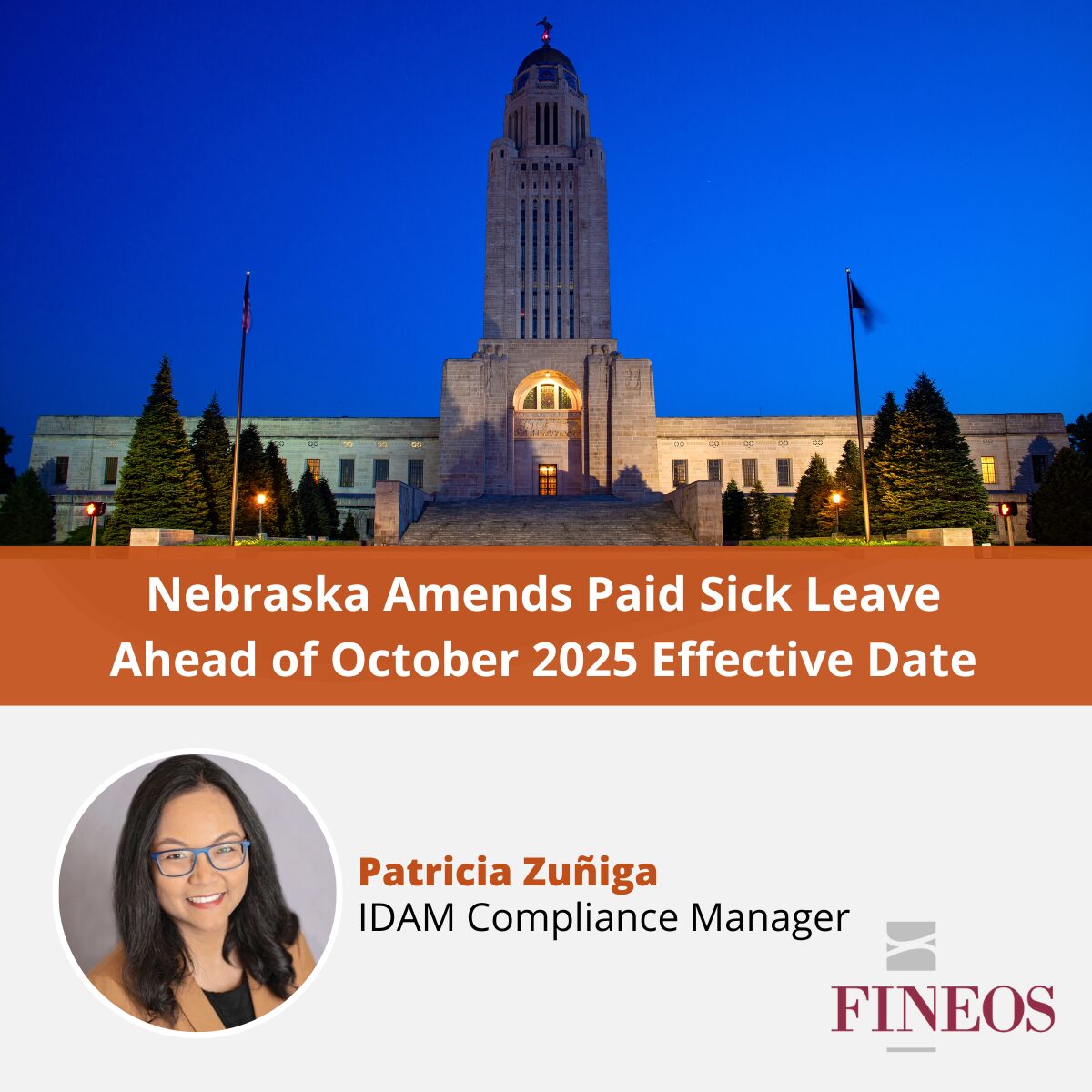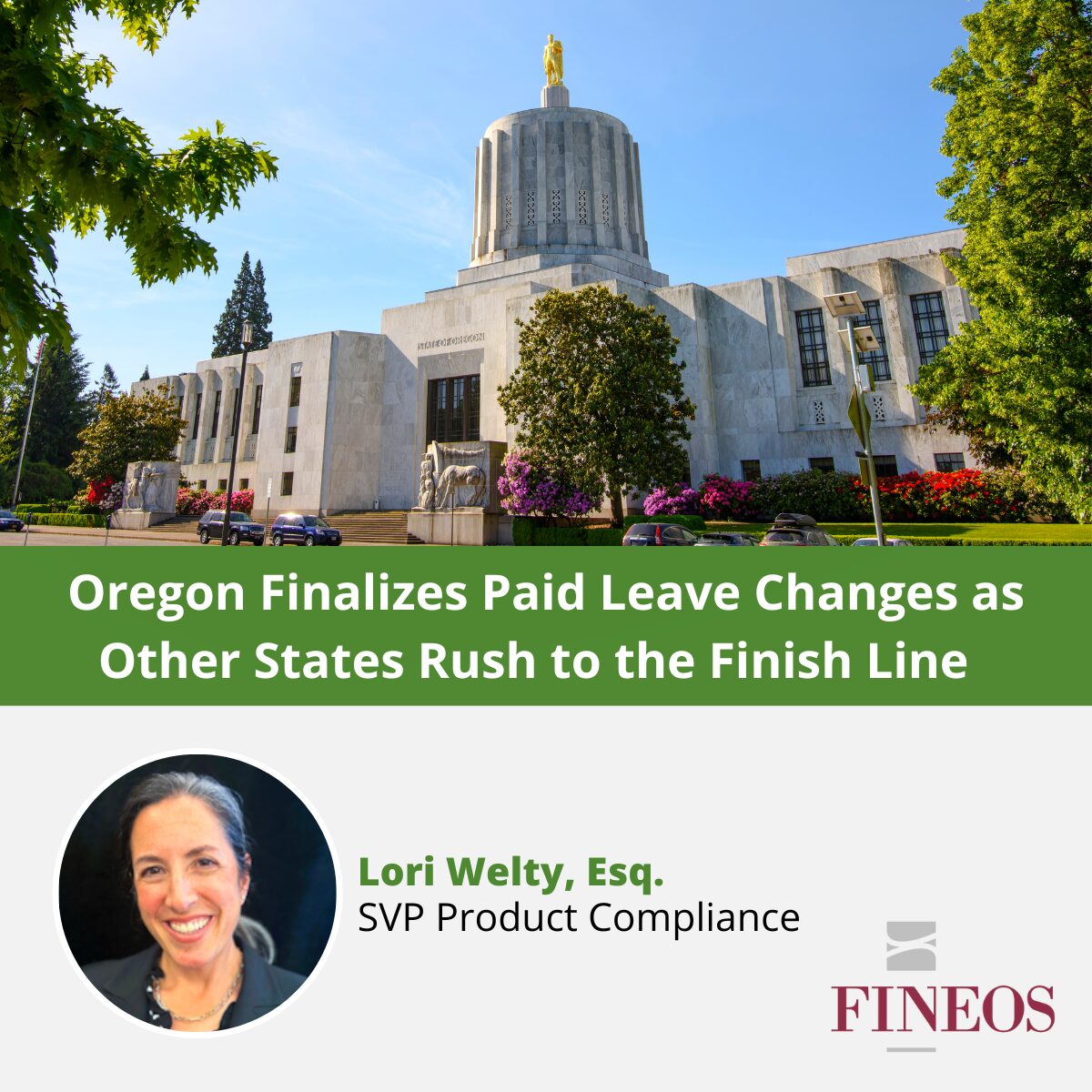Prior to 1993, the majority of American workers had no legislative rights that afforded them job protection to care for themselves or a family member. Taking time off from work for pregnancy, bonding, to care for a child, spouse or parent that had a serious health condition or to recover from their own serious health condition put them at risk of losing their job. In many cases, employees had to choose between work and family.
In the early 1980’s, the Women’s Legal Defense Fund1 had ideas that set into motion the establishment of national legislation that would create beneficial change for American workers. A journey that would take them over a decade to get implemented. That journey established what is now known as the Federal Family and Medical Leave Act (FMLA), which requires covered employers to provide employee job-protection and unpaid leave for qualified medical and family reasons. Now called The National Partnership for Women and Families, the non-profit, nonpartisan organization continues to advocate for policies that help women and men meet the dual demands of work and family1.
State and local governments also enacted family medical leaves in the 1980’s, but it was the Federal FMLA signed by President Clinton in January 1993 that influenced the evolution of ideas that has created beneficial change for American workers.
The U.S. Department of Labor published a report September 4, 2015 titled “The Cost of Doing Nothing”2. The report was published to substantiate the emphasis for paid leaves that will enable American workers the ability to have balance and security when the need arises to take time off to care for themselves or a family member. The report also accentuates the fact that providing paid leave not only benefits employees, but employers as well.
The upside of recognizing the benefits of both paid and non-paid leaves is that federal, state and local policies are being implemented. The downside is the administrative complexities and burden placed on employers or insurers that are providing a service to manage the leaves. Those complexities and burdens are compounded further when leaves are integrated with disability benefits (short term disability and long term disability) as well as management and compliance with the Equal Employment Opportunity Commission’s (EEOC) Americans with Disabilities Act (ADA)3.
The Americans with Disabilities Act was another idea that took root based on an arduous journey of the disability rights movement that acknowledged that people with disabilities could live independent and productive lives. The passage that gave light and hope to Americans with disabilities occurred with the 1973 Rehabilitation Action, Section 5044, which banned discrimination on the basis of disability by recipients of federal funds. The Rehabilitation Act was amended in 1978 and incorporated the establishment of employment programs and comprehensive services that would support and promote independent living for handicapped individuals. The Americans with Disabilities Act (ADA), a comprehensive civil rights law for people with disabilities, was signed in July 1990 by President George Bush.
While legislation reform continues at the federal, state and local level to bring a better quality of life to American workers, the old technologies that a lot of insurers and employers rely on to administer regulated leaves can no longer be maintained to support them.
FINEOS provides modern, customer-centric core software to the life, accident and health industry. We are motivated and inspired by the changing landscape of the American worker and the on-going legislative and regulatory mandates that enforce compliance. Our goal is to remove the administrative burden this legislation causes, allowing our customers the ability to focus on what they do well. In so doing, we aim to help create a world where protection from illness, injury and loss is accessible to everyone.
FINEOS is committed to encouraging, promoting and implementing ideas that create beneficial change to service the needs of our customers today and well into the future through the delivery of superior insurance technology. I will be attending the DMEC Compliance Conference next week. If you’re going to be at the conference and would like additional information on the FINEOS Claims for Absence Management road map and to discuss how FINEOS can help you with your Absence Management strategy, please email me at CJ.Commoss@FINEOS.com.


